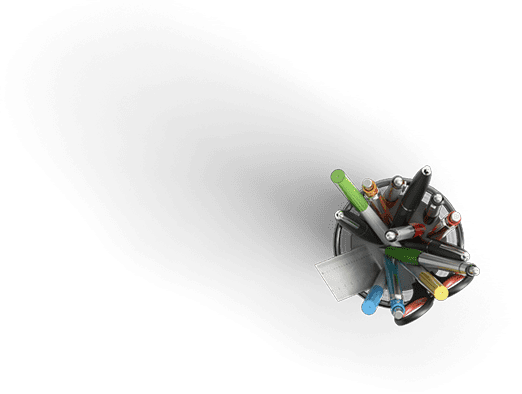toxicology response
Description
please respond justin with 150 words
One of the most promising techniques for assessing toxicity outside of animal testing is organ-on-a-chip technology. This method involves the use of microfluidic chips that mimic the structure and function of human organs, allowing researchers to see the potential toxic effects of chemicals on these organs in real time.
Pros:
Human relevance: Since organ-on-a-chip technology is based on human cells and tissues, it provides a more accurate representation of the potential effects of chemicals on the human body compared to animal models.
Ethical considerations: This method avoids the ethical issues associated with animal testing, as it does not involve the use of live animals.
Faster and cost-effective: Organ-on-a-chip models can be developed and tested more rapidly than traditional animal models, leading to shorter testing times and reduced costs.
- High-throughput screening: The technology can be scaled up to allow for the simultaneous testing of multiple compounds, enabling efficient screening of large numbers of chemicals for potential toxic effects.
- Cons:
- Complexity: Although organ-on-a-chip models can mimic certain aspects of human organs, they may not fully capture the complexity of the entire organ system and its interactions with other organs in the body.
- Limited applicability: While this technology is rapidly advancing, it may not yet be suitable for all types of toxicity testing or for all chemicals.
Validation: Organ-on-a-chip models are still relatively new, and more research is needed to validate their accuracy and reliability compared to traditional animal models.
Despite limitations, organ-on-a-chip technology holds great potential for revolutionizing the field of toxicity testing. Some additional advancements that could further enhance the organ-on-a-chip technology include:
Integration of multiple organs-on-chips: By combining different organ models on a single platform, researchers could better understand how chemicals affect the body as a whole and study the interactions between different organs during exposure to toxic substances.
- Improved biomimicry: Ongoing research aims to enhance the physiological relevance of organ-on-a-chip models by incorporating advanced materials, cell types, and three-dimensional structures that more closely mimic the in vivo environment.
- Standardization and regulatory acceptance: As the technology matures, establishing standardized protocols and gaining regulatory acceptance will be crucial for the widespread adoption of organ-on-a-chip models in toxicity testing.
- Overall, organ-on-a-chip technology represents a promising alternative to animal testing for assessing the toxicity of chemicals. With continued research and development, this method has the potential to significantly impact the field of toxicology and contribute to more effective, humane, and accurate toxicity assessments.

Have a similar assignment? "Place an order for your assignment and have exceptional work written by our team of experts, guaranteeing you A results."








